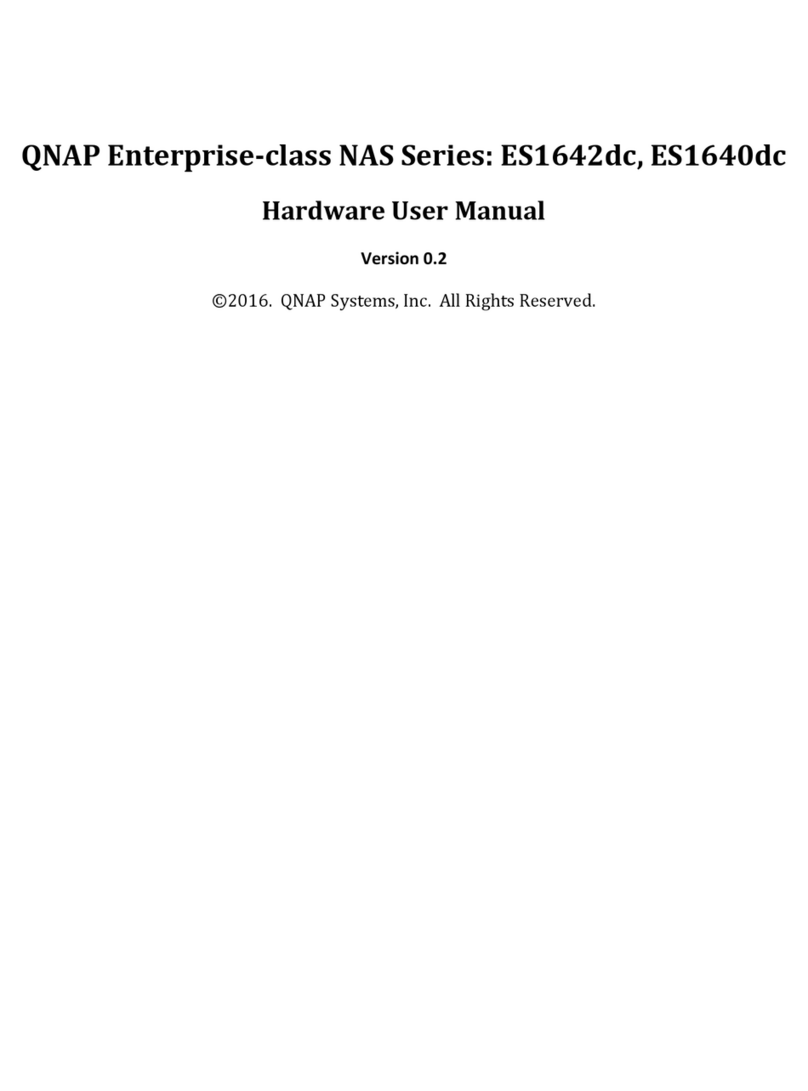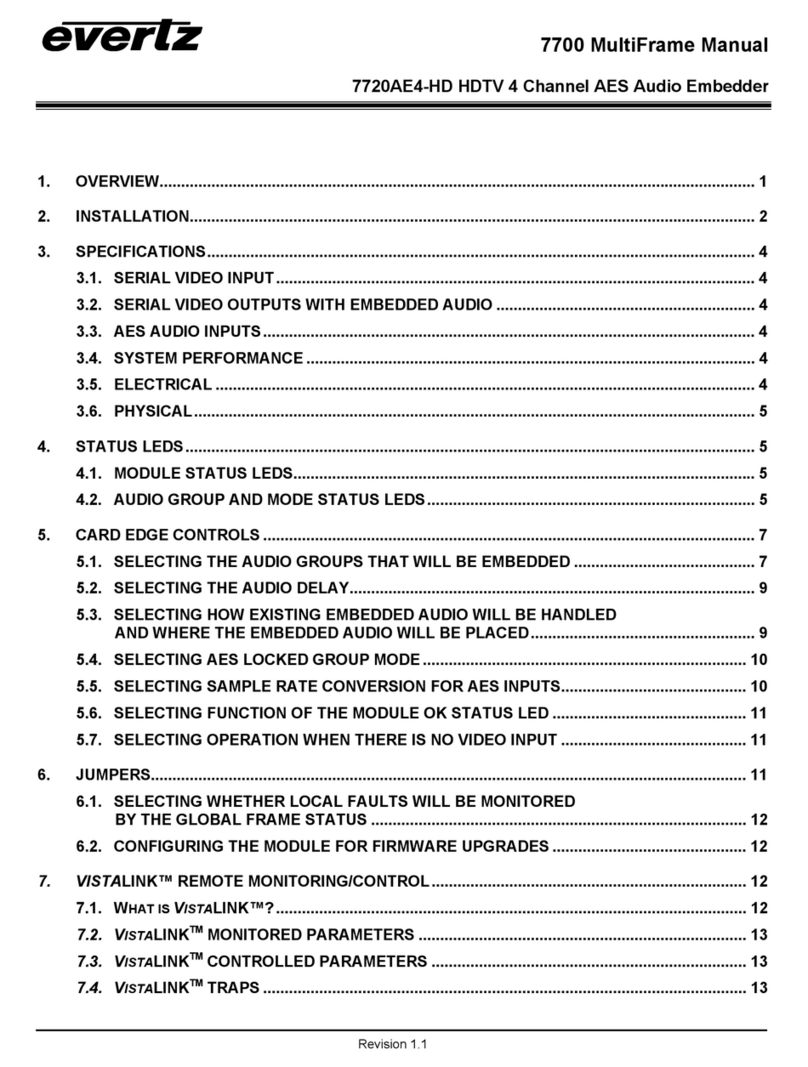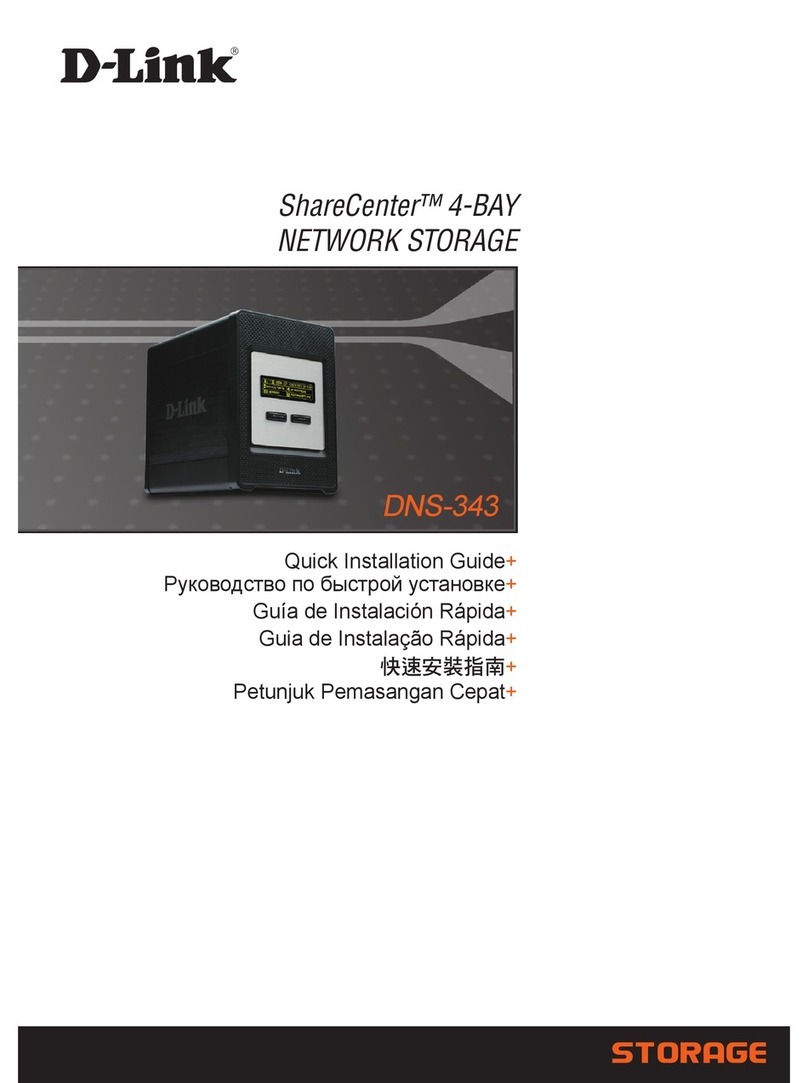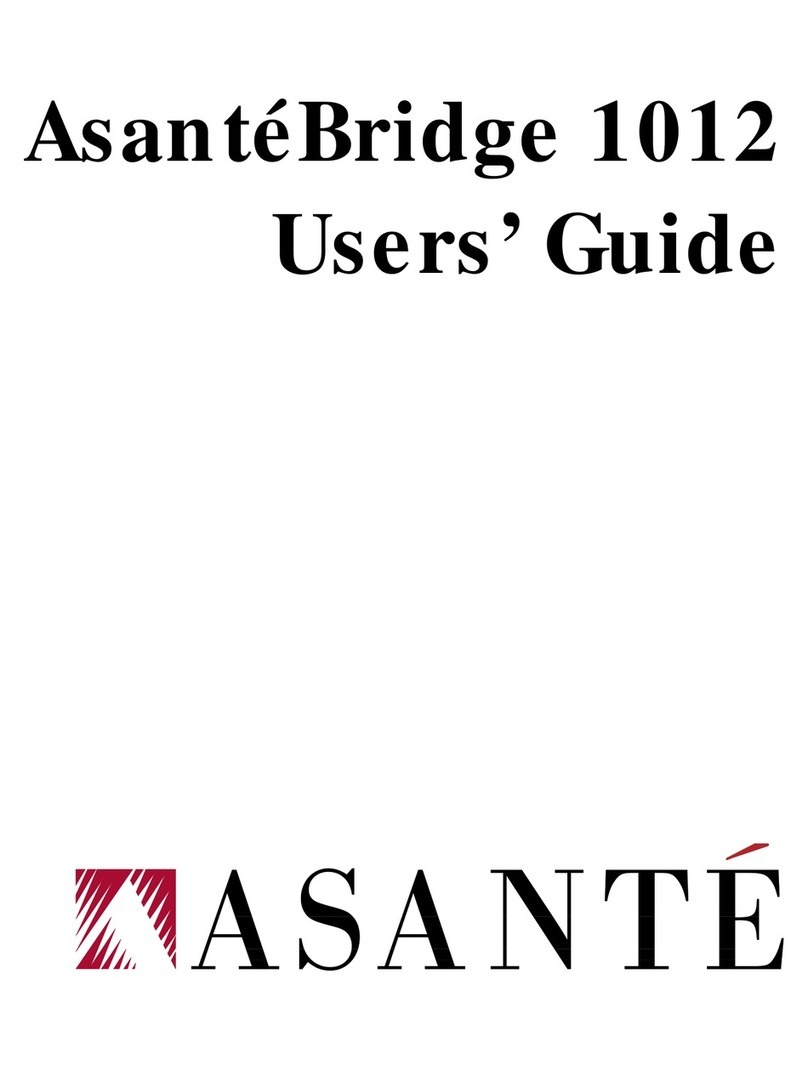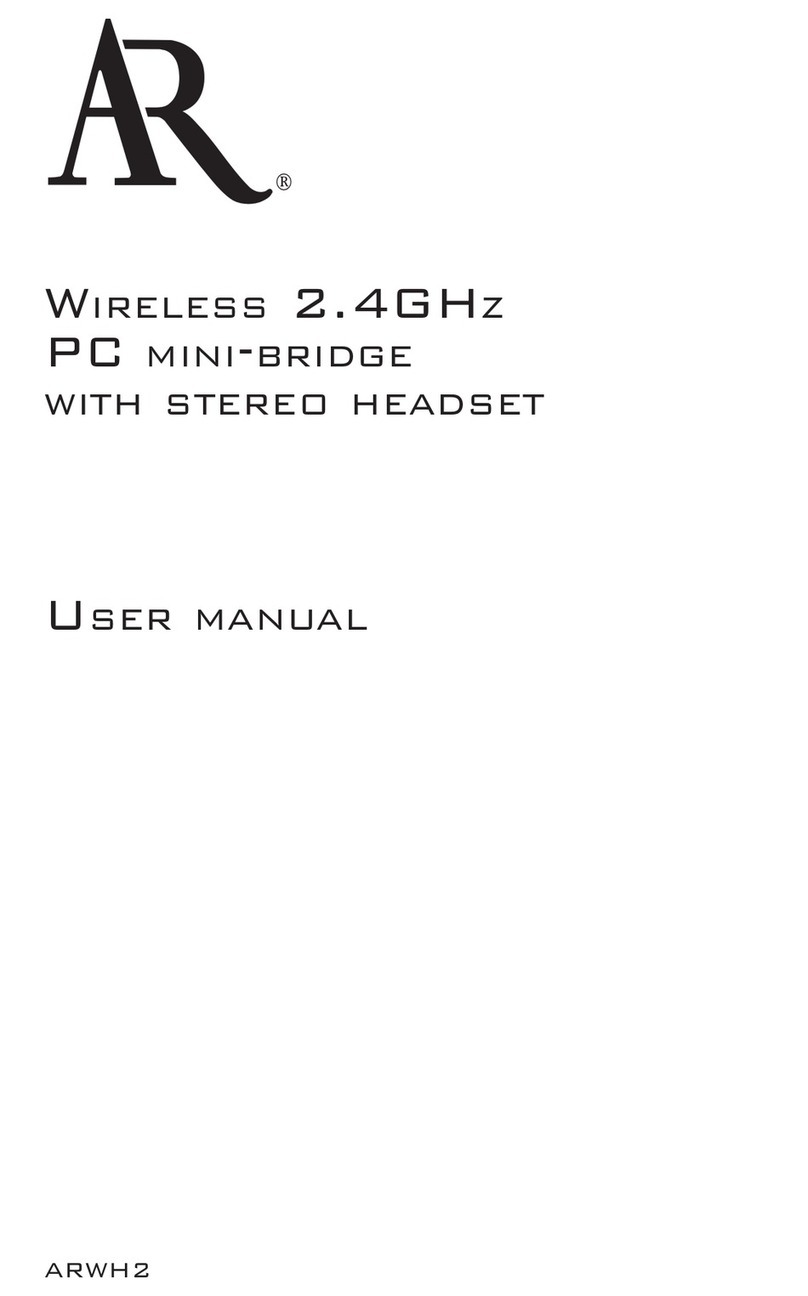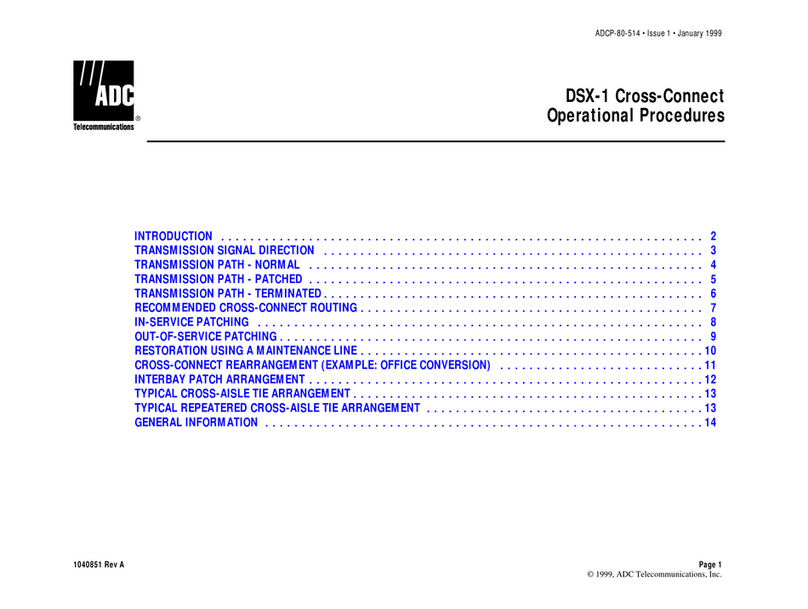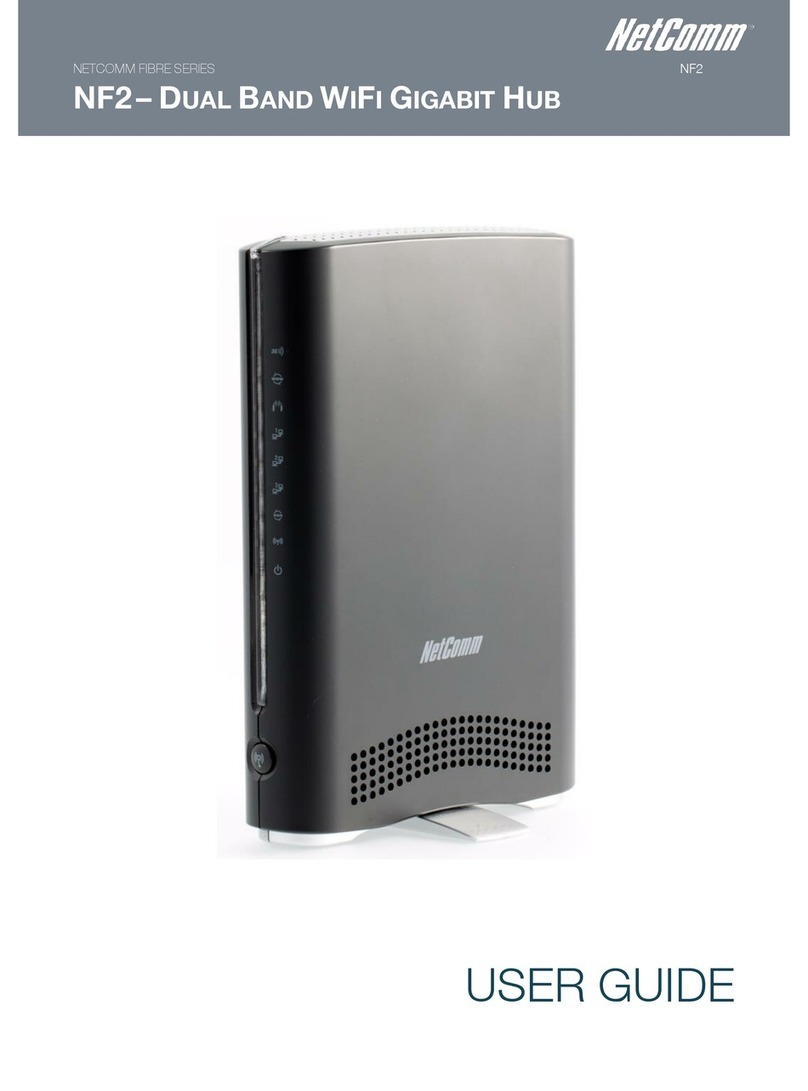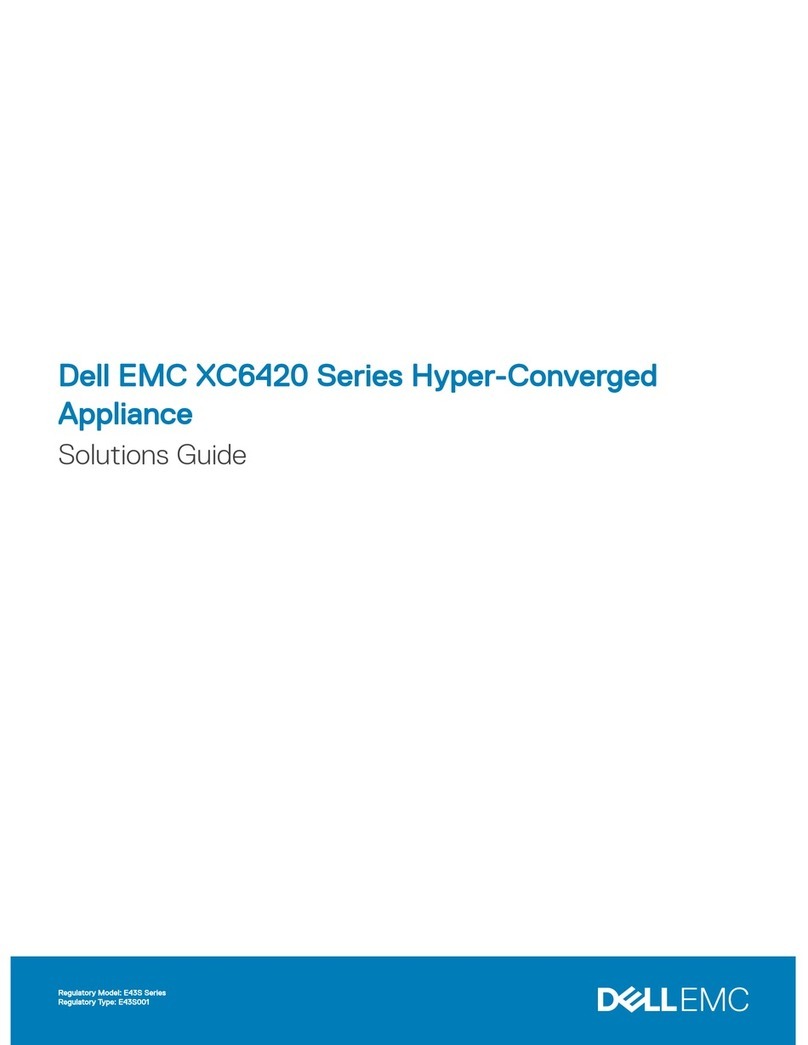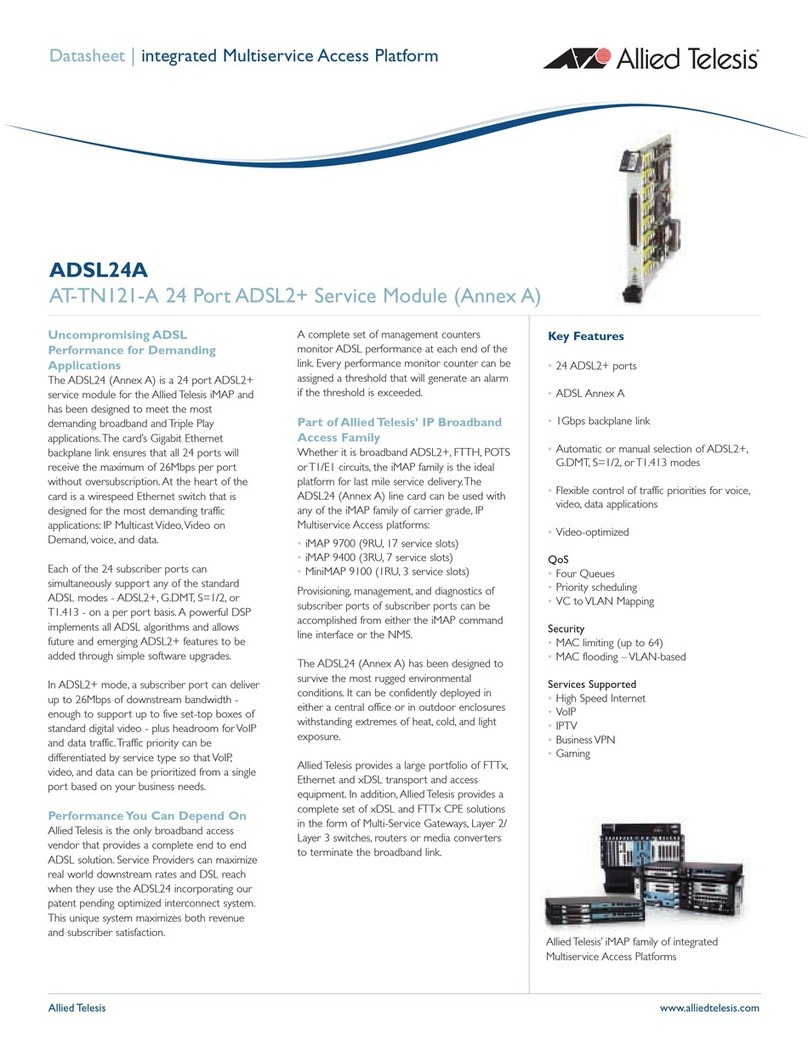Table of contents
Designations.................................................................................................................................................3
1 Introduction................................................................................................................................................4
2 Device features..........................................................................................................................................5
3 LED indication............................................................................................................................................6
4 Reset and restart buttons...........................................................................................................................7
5 Management..............................................................................................................................................8
5.1 Management interfaces......................................................................................................................8
5.2 What you need to know before connection .........................................................................................8
5.3 Management via web interface...........................................................................................................9
5.3.1 First connection, quick start........................................................................................................9
5.3.2 Network settings.......................................................................................................................15
5.3.3 Configuring user accounts........................................................................................................16
5.3.4 Device description....................................................................................................................17
5.3.5 Telnet configuration..................................................................................................................18
5.3.6 SNTP configuration ..................................................................................................................19
5.3.7 Web interface language setting ................................................................................................20
5.3.8 Broadcasting mode configuration..............................................................................................21
5.3.8.1 Setting the list of remote devices ......................................................................................21
5.3.9 Configuring RS-485 port...........................................................................................................23
Setting the operating mode...............................................................................................................23
5.3.10 Configuring digital inputs ........................................................................................................24
5.3.11 Configuring digital outputs......................................................................................................25
5.3.12 Configuring Modbus...............................................................................................................27
5.3.13 Configuring the event list........................................................................................................28
5.3.14 Configuring Syslog .................................................................................................................29
5.3.14.1 Syslog message list........................................................................................................32
5.3.15 Configuring SMTP..................................................................................................................33
5.3.15.1 Example of configuration with a dedicated mail server on the local network.....................34
5.3.15.2. Example of configuration with an external mail server ....................................................39
5.3.16 Configuring SNMP..................................................................................................................41
5.3.16.1 Configuring SNMP v1.....................................................................................................41
5.3.16.2 Configuring SNMP v3.....................................................................................................42
5.3.17 Remote Ping function .............................................................................................................43
5.3.18 Statistics.................................................................................................................................44
5.3.18.1 Summary information......................................................................................................44
5.3.18.3 ARP table.......................................................................................................................45
5.3.18.5 DNS table.......................................................................................................................45
5.3.18.6 System log .....................................................................................................................46
5.3.19 Firmware update....................................................................................................................46
5.3.20 Saving and restoring settings..................................................................................................48
5.3.20.1 Saving settings to a file...................................................................................................48
5.3.20.2. Restoring settings from a file..........................................................................................49
5.3.20.3 Editing configuration file..................................................................................................49
5.3.21 Resetting to factory settings....................................................................................................53
5.3.22 Reboot ...................................................................................................................................53
5.4 Management via Telnet....................................................................................................................54
5.4.1 Configuration example..............................................................................................................56
5.4.2 Description of Telnet commands...............................................................................................57
5.4.3 config group.............................................................................................................................58
5.4.3.1 network settings (config ipif) .............................................................................................58
5.4.3.2 Configuring SNMP............................................................................................................59
5.4.3.3 Configuring Syslog ...........................................................................................................60
5.4.3.4 Configuring SNTP ............................................................................................................60




